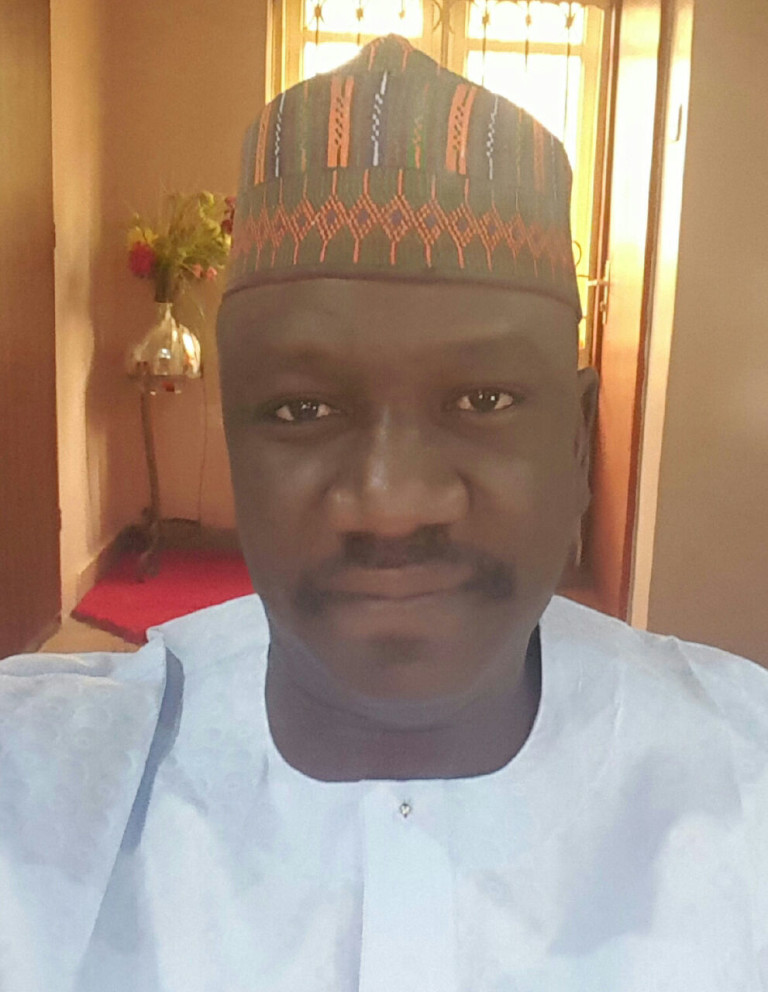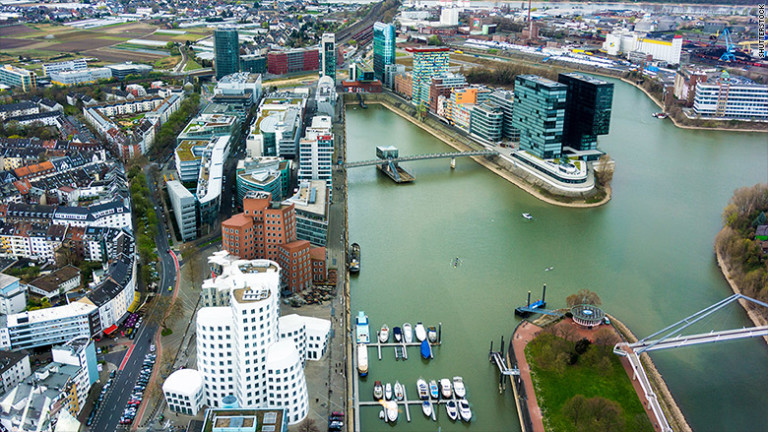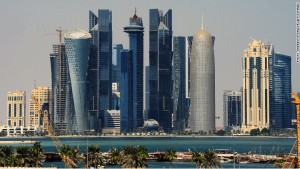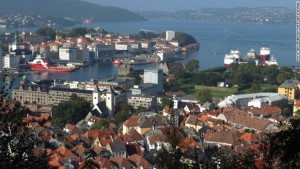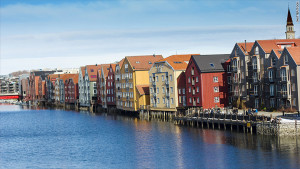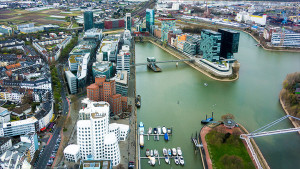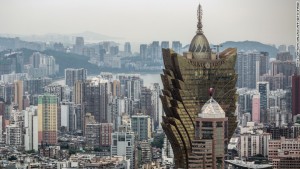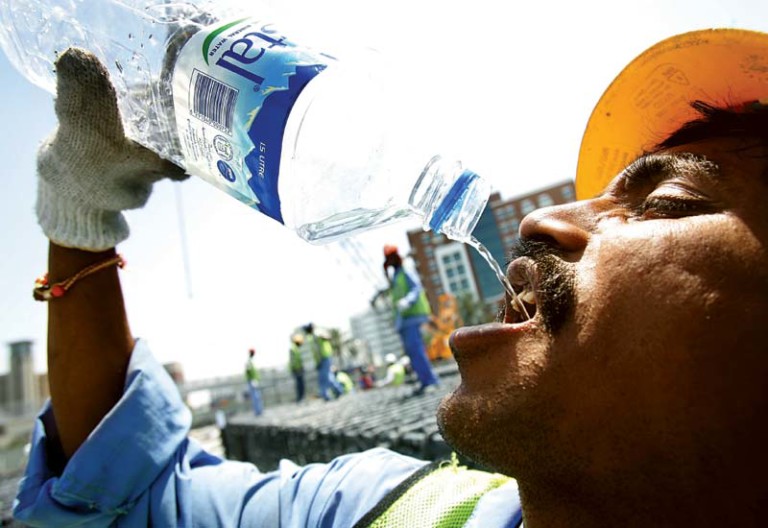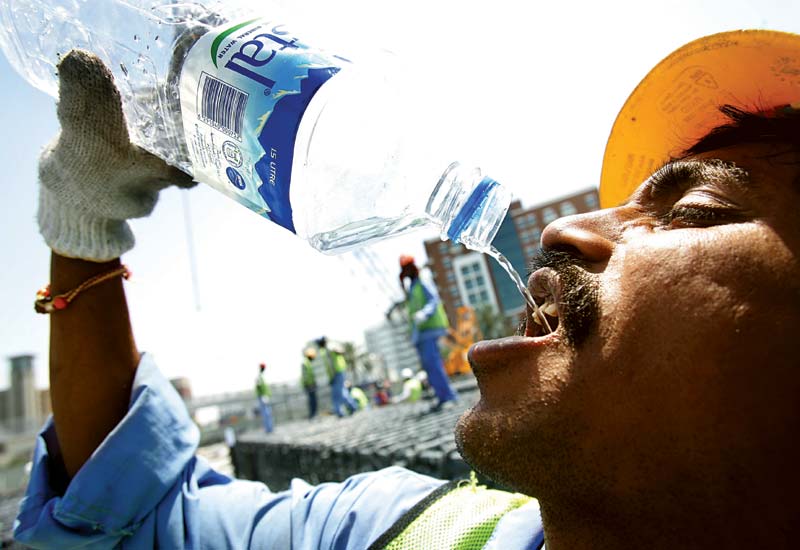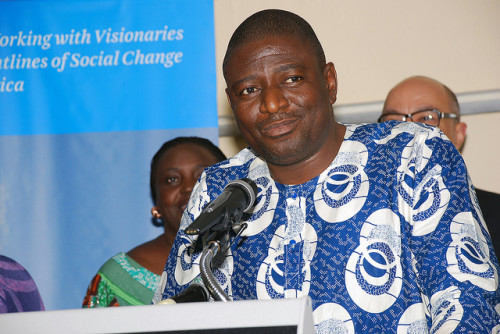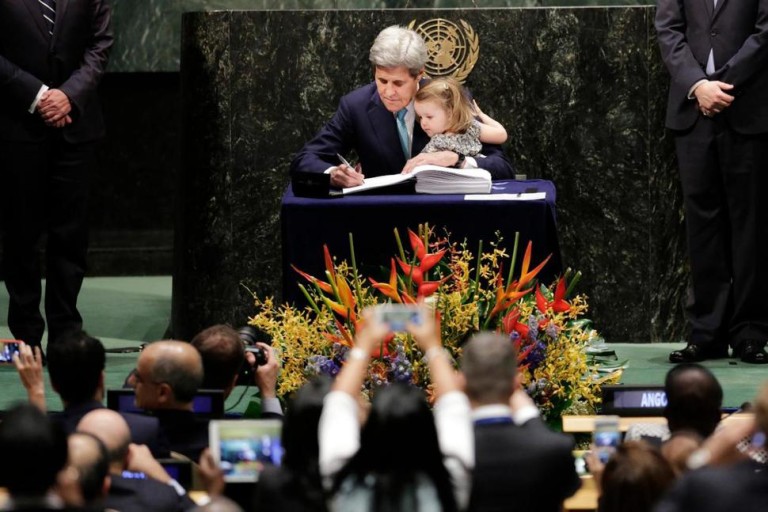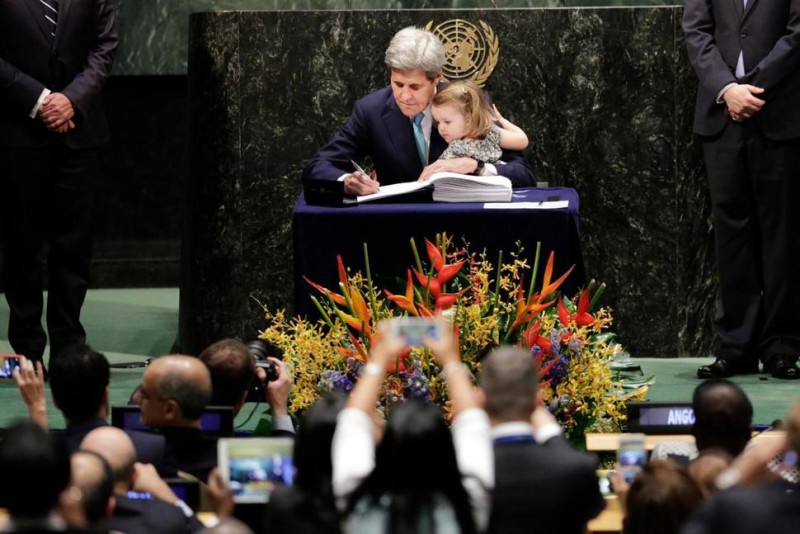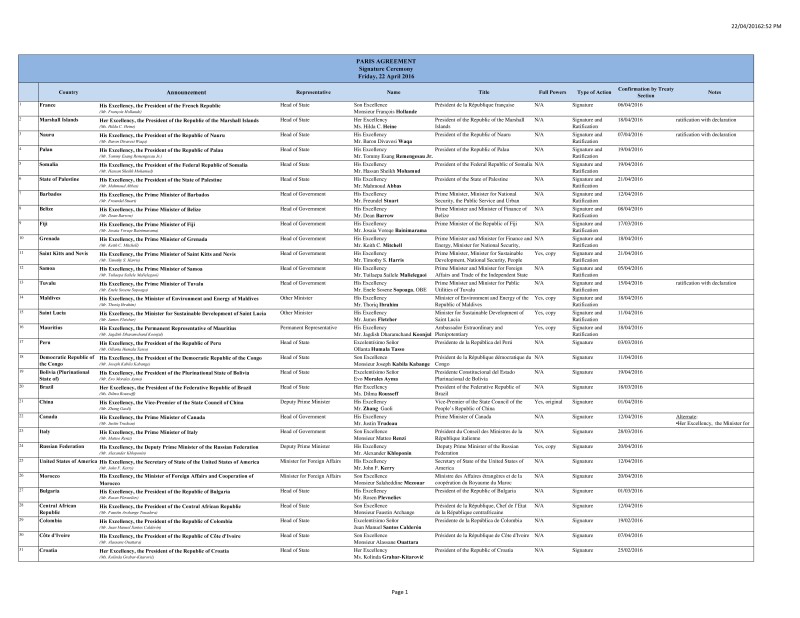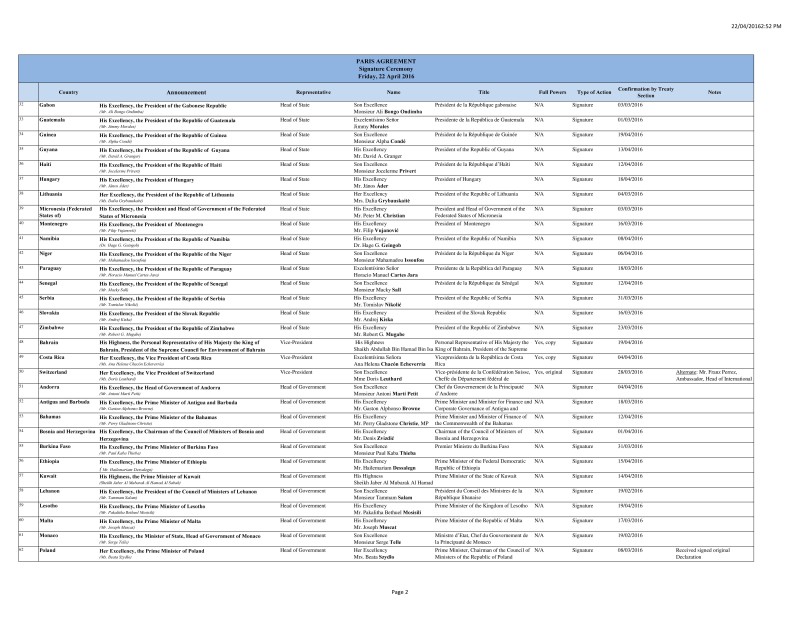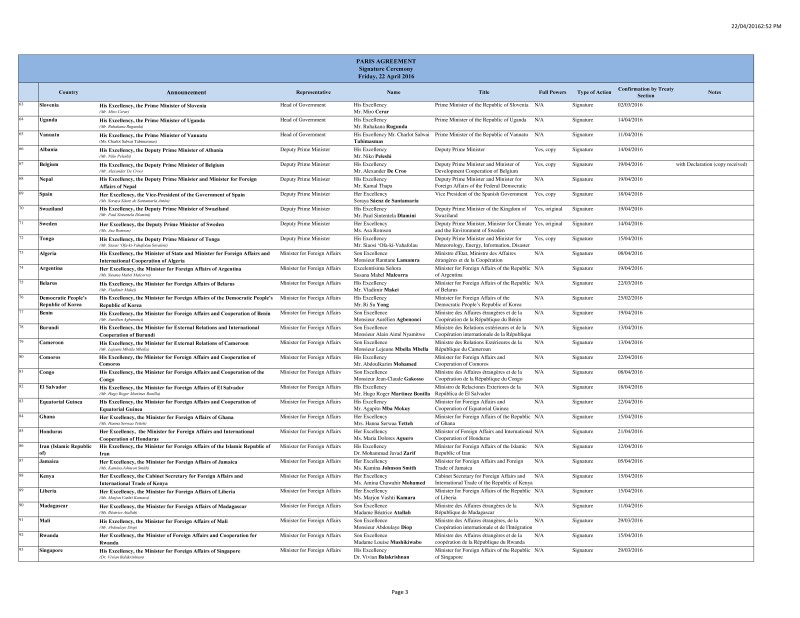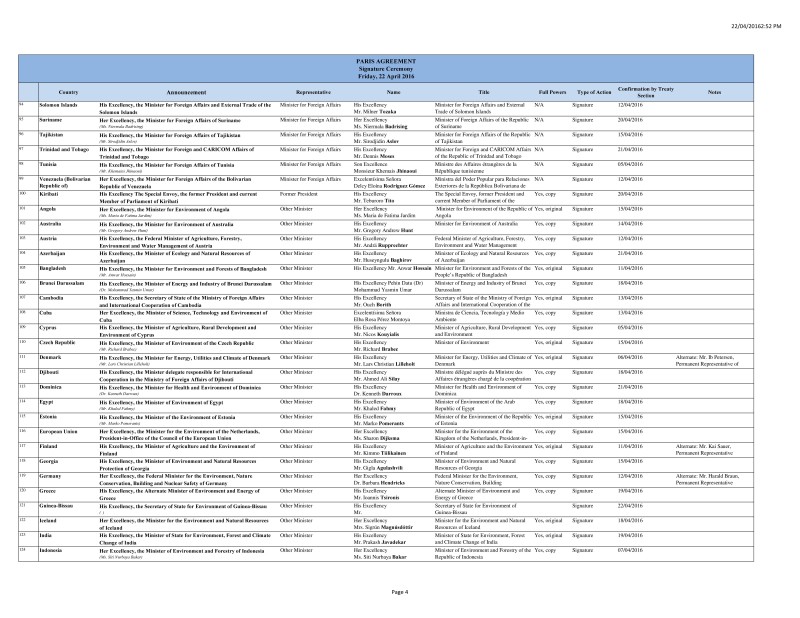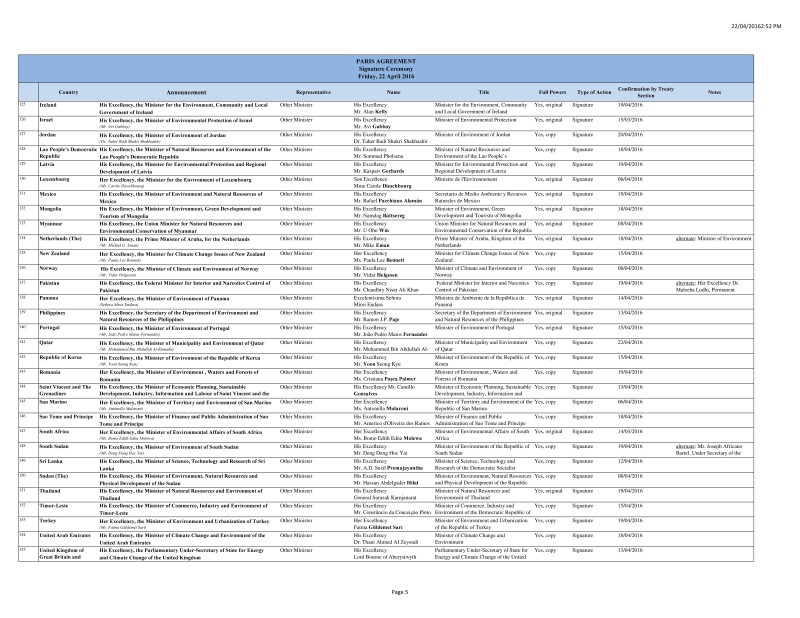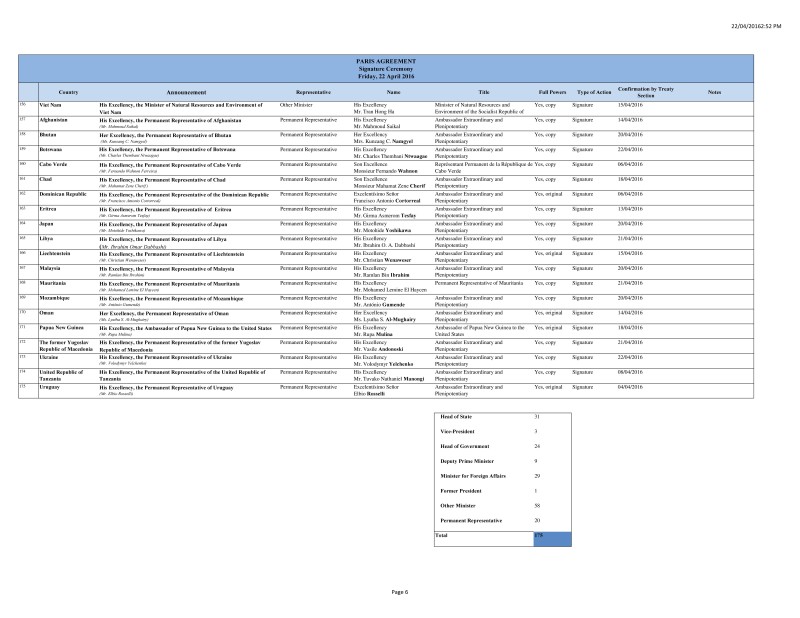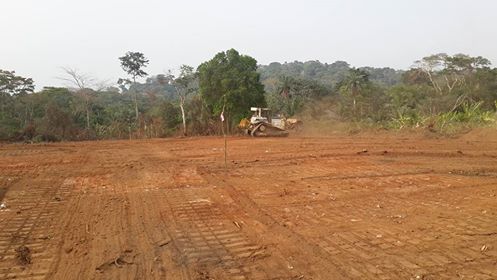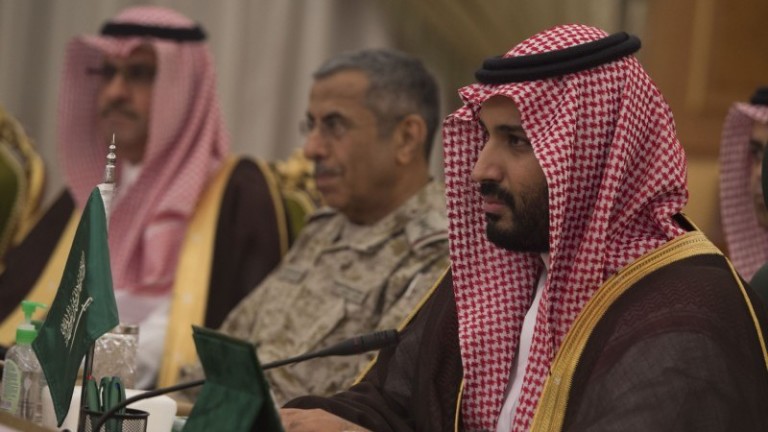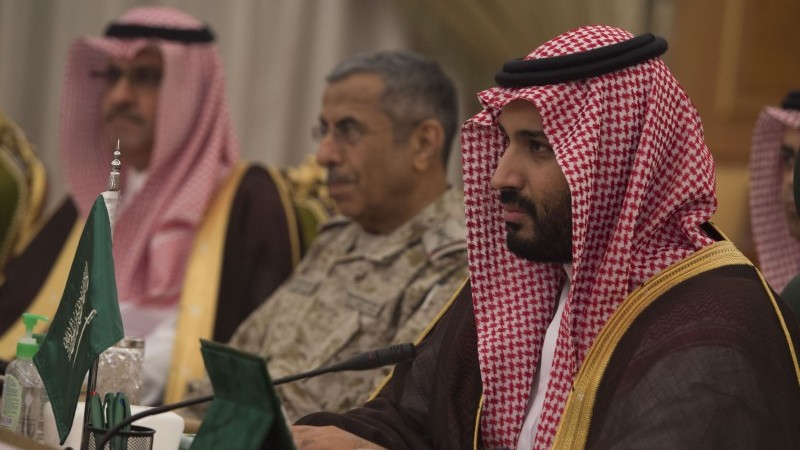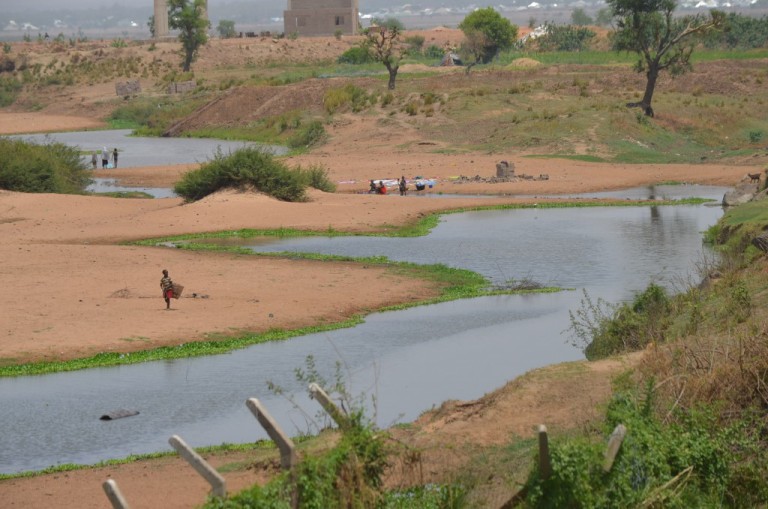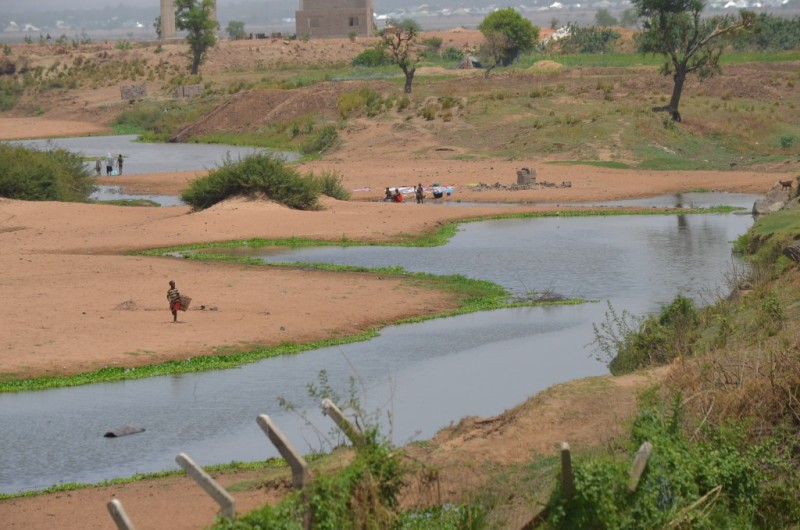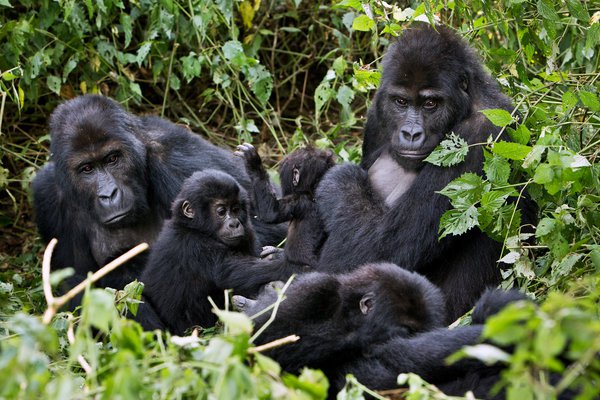Nigeria loses over 21,000sq km of its arable land annually to desertification which encroaches into the northern region of the country from the Sahara Desert.
The destruction of farmlands in the north and the harsh weather caused by the desert have been blamed for the mass migration of locals down south in search of greener pastures, a situation that has contributed in no small way in fuelling the security concerns in the country.
Of recent, several initiatives have been put in place to check desert encroachment, among which is the Great Green Wall (GGW) programme that entails creating a wall of trees along the desert front-line states, to act as wind break, thus preventing the desert from advancing further.
Correspondent Innocent Onoh spoke with Umar Danladi Dahiru, the Executive Director of the Africa Desertification Control Initiative, who sheds some light on issues related to desert encroachment in Northern Nigeria, including the scale of devastation and practical ways of protecting the region.
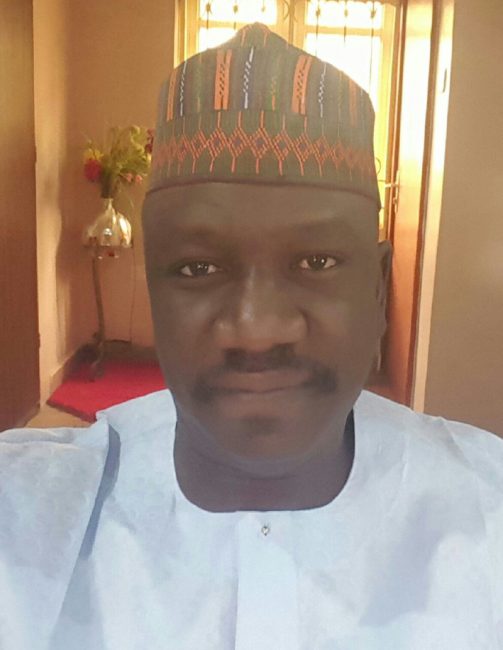
Can you explain the phenomenon “desertification”?
Desertification, which is defined by United Nations Convention to Combat Desertification (UNCCD) as “land degradation in arid, semi-arid and dry sub-humid areas resulting from various factors including climatic variations and human activities,” poses serious threats to economic and social wellbeing of humans and biodiversity in general.
The problem of desertification can only be controlled but can never be stopped as it is the result of the combination of natural and anthropogenic factors.
Natural factors such as poor physical condition of the soil and extreme climatic variability causes desertification in dry lands. Soils in the desert areas (an area which has lost or is losing its biological potentials) are mostly sandy in nature and therefore do not have the capacity to retain moisture and have poor organic matter content to support plant growth. It is also a fact that most areas in the North Eastern and North Western Nigeria record a very low amount of annual rainfall, in some areas it is below 300mm per annum in addition to poor distribution of rainfall.
How vulnerable are Nigerians and indeed Africans to the rampaging desert?
A lot of Nigerians and indeed many Africans are highly vulnerable to the devastating effects of this environmental monster called desertification. The desert is fast encroaching agricultural and grazing lands from the Sahara Desert in the Northern part of Africa. Loss of productive land is on the increase, forcing the inhabitants of these areas to migrate to other parts that hasn’t been affected.
This issue has brought about prevalence of diseases, economic, political and social instability in the region.
About 1/3 of the earth’s surface is being threatened by desertification that is about 400 million hectares (Ha) of land or nearly 40 million square kilometres.
So, 12 million hectares of this fragile, non-renewable, common wealth (fertile soil) that provide us with food is lost every year due to desertification.
In Nigeria, various forms of land degradation account for the loss of over 21,000sq km of arable land annually to desertification which encroaches fast into the northern region of the country from the Sahara Desert.
At what rate is the desert advancing down South?
To the best of my knowledge, the specific rate at which desert is encroaching Nigerian land is not known, as there isn’t any reliable study to prove that. But, obviously, it is coming at a very fast rate.
It has been practically observed that the desert is encroaching at a very alarming speed in most African countries. The most noticeable causal agents are climate change and human activities in form of indiscriminate felling of trees, bush burning, poor land management practices, etc. The demand for energy and other human needs have made people go beyond the limit of exploiting forest resources. This consequently exposes the environment to agents of denudation like strong winds and running water which further degrade the environment and set the stage for desertification.
Is it possible to completely secure Nigeria’s territory from the desert?
It is not possible to secure the Nigerian territory or any other country’s territory from being encroached by the desert. Desertification does not require “visa” to cross from one country to another. It is a natural phenomenon which is also highly influenced by anthropogenic factors.
Natural factors such as poor physical condition of the soil and extreme climatic variability cause desertification in dry lands. Soils in the desert areas (an area which has lost or is losing its biological potentials) are mostly sandy in nature and therefore do not have the capacity to retain moisture and have poor organic matter content to support plant growth. It is also a fact that most areas in the North Eastern and North Western Nigeria record a very low amount of annual rainfall; in some areas it is below 300mm per annum in addition to poor distribution of rainfall.
So you can see that It can never be stopped completely, but can only be controlled.
However, to check it, we should imbibe the culture of planting and maintaining trees and also put a stop to indiscriminate felling of trees, while government on its part should provide simple and affordable alternative sources of energy like the coal stove, solar cookers and improved wood stoves, and at the same time enforce stringent measures to protect our fragile forest resources, all in an effort to mitigate climate change for sustainable development. Looking at the rate at which the desert is encroaching, we encourage people to plant and maintain at least three trees every year in an effort to make the environment better and also combat land degradation for sustainable agriculture.
As we know trees use some of the GHG like carbon dioxide to manufacture food and give out clean oxygen air for use by humans and animals. It is also a known fact that areas with denser forest cover have a higher rate of rainfall than areas with limited tree cover.
What is your take on the Great Green Wall programme?
The Great Green Wall initiative is a Pan-African programme that involves the planting of trees from Djibouti to Senegal. It has a lot of rural development components that are aimed at changing the lives of people in these areas because, in the modern techniques of combating desertification, you cannot combat desertification without fighting poverty. They go hand in hand.
In view of this, it is worthy to commend the efforts of the 11 African countries (Djibouti, Eretria, Ethiopia, Sudan, Chad, Niger, Nigeria, Mali, Burkina Faso, Mauritania and Senegal) and African Union (AU) to establish the GGW, which is 7,775 kilometres in length, 15 kilometres wide, covering a total area of 11,662,500 hectares of land. The GGW is aimed at limiting desertification of the Sahel zone from Djibouti in the Horn of Africa in the east, across the continent to Dakar, Senegal, in the west. The Nigerian government flagged-off its component of the Great Green Wall recently at Bachaka Town in Kebbi State and made provision of sourcing and planting 10 million tree seedlings that year in an effort to ensure the success of the programme.
Can you attempt an assessment of the GGW’s progress in Nigeria?
The Nigerian component of the Great Green Wall initiative has actually started on a very sound footing. But somewhere, somehow, there are many abandoned projects that are aimed at changing the lives of these people.
What then is the way forward?
It is necessary for the Nigerian government to do a review of the GGW initiative, and take urgent steps to address the lapses which has been identified. You cannot fight desertification without fighting poverty. It is therefore my advice to the government and all stakeholders to put hands on deck to tackle this issue.
What does the Africa Desertification Control Initiative stand for?
The Africa Desertification Control Initiative is a non-governmental organisation (NGO) established to build the capacity of vulnerable rural Africans living in the desert areas and to also create awareness on the dangers associated with this form of land degradation with a view to finding remediation to the problem as well as to provide professional consulting service to relevant stakeholders. among other objectives.
What has been the role of your organisation in checking desert in Nigeria?
To a very large extent, we have sensitised so many Nigerians in this respect, in addition to training of people on the modern techniques of desert combating via locally organised training workshops and seminars. We have also facilitated the training of over 20 Nigerian experts on desertification control in China, Turkey, India and Israel, which has boosted our capacity in dealing with desertification control. Our NGO was also a partner in the UNEP-China-Africa programme on environment. On several occasions we have also raised and distributed tree seedlings to people.

